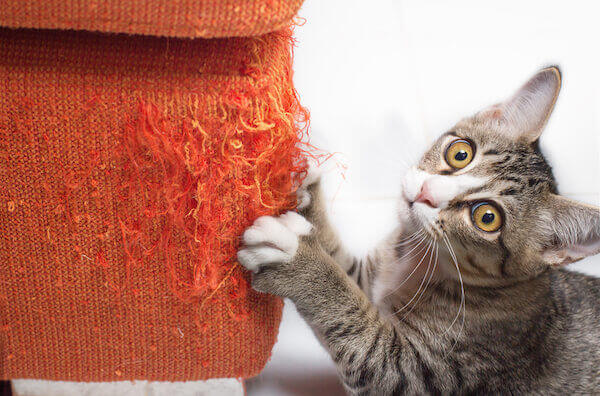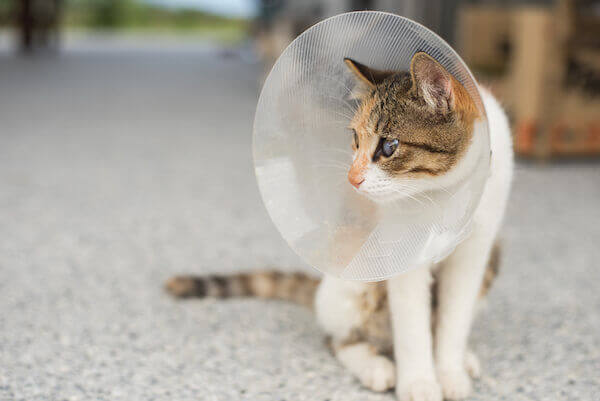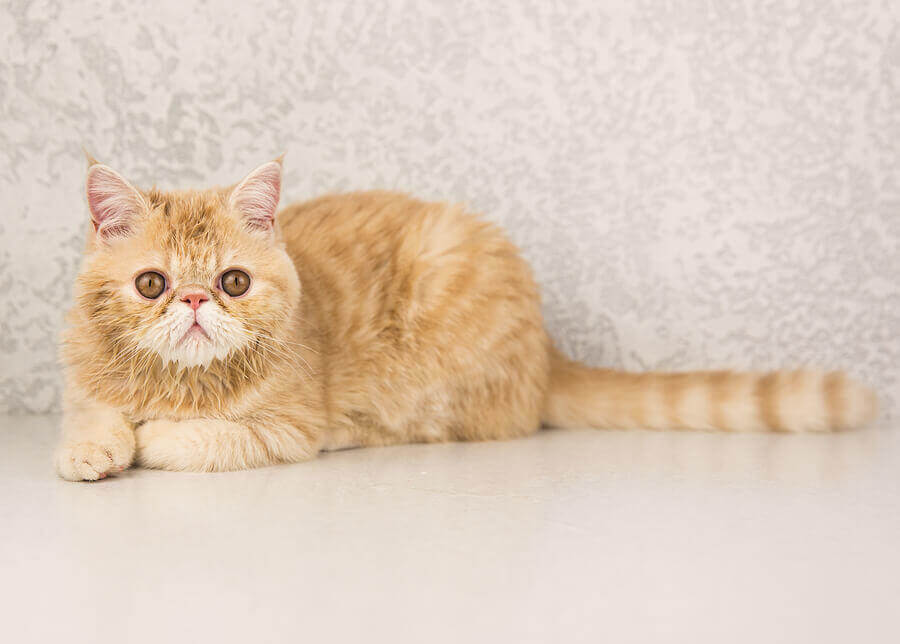If you own a cat, then you probably experienced an incident that showed you the light about how sharp their claws are. You may be considering the declawing option because someone told you that you could do that and prevent yourself from ever having to be cut by your cat again. There’s a little more to the declawing process than meets the eye, however. The following is some information on the process as well as some alternatives that you may want to consider before you go that route. Ultimately, it’s up to you, but you should have the information so that you can make an educated decision:
What Is Declawing a Cat?
The clinical name for declawing a cat is an onychectomy. It is a full-blown operation in which the specialist amputates part of the cat’s bones to cut the claw off from the toes. Unfortunately, that’s the only way that they can get the entire claw off. The full recovery time for the procedure is about two to three weeks, so the procedure is a major one. Many pet owners and organizations do not allow declawing because of how extensive the surgery is. If the procedure were performed on a human being, it would be similar to having his or her finger amputated at the knuckle. For that reason, many people think twice before they order this procedure for their cats. Laser declawing is available as well as traditional declawing, but there is a debate ongoing about whether or not it is a pain-free experience.
How Is Declawing Done?
The first thing that some specialists do before they even begin the process is give the kitty a sedative and anesthetic. This stops the cat from feeling pain while it is going through the declawing procedure. However, when the sedative wears off, the cat may suffer extreme pain if the vet doesn’t provide the owner with some pain management medication.
The specialist uses a tourniquet to stop the blood flow from being excessive. The specialist then quickly pulls each claw bone away from the rest of the paw. When each claw is out, the specialist then uses medical glue to close the cat’s skin. The last step in the procedure is bandaging the kitty up so that it can recover from what just happened. The pet owner then has to try to care for the cat as it heals from such traumatic surgery.
Are Cats Different After the Procedure
There are quite a few issues that can occur in a cat that has been stripped of its claws. Cats have claws to protect themselves, to climb, and to hunt. Therefore, a declawing experience can be very traumatic for a cat. It could cause the cat to feel some of the symptoms of depression because it may feel hopeless and lost without that part of its natural body. On the other side of the coin, the cat could become angry once it realizes what happened. Anxiety is something else that could rear its ugly head. Just imagine how a person would feel if he or she woke up with no fingertips. A typist or writer would suddenly have no way to do what that person does instinctually. The cat may take the declawing procedure the same way a person would take a random fingertip amputation.
Physical repercussions may occur because of the declawing, as well. One thing that a few pet owners have reported is increased biting. Cats may increase their biting because of the loss that they feel from not having their claws. Another issue that they may have is chronic pain because of the severity of the procedure. The pain from it may never cease. Litter box issues may occur, as well. The cat may stop using the litter box because it’s upset, or it may feel pain when it tries to move the litter around in the box.
Further Reading
Cat Peeing Out of the Litter BoxFoster Kitten CareSigns of a Sick KittenExpensive Cat Breeds
Is It legal in the US?
Cat declawing is now illegal in a few states. California, for example, has banned the practice, and violators can experience severe punishment and fines. Denver and New York have outlawed the practice, as well. If you are thinking about taking your cat through this procedure, you must find out the regulation not only in your state but in whatever county in which you live.
Other Options Besides Declawing a Cat
You can try a number of alternatives before you go ahead and declaw your cat. One alternative is buying clippers and taking the time to patiently cut your cat’s claws. Your cat will put up a bit of a fight, but it comes from more of a fear of the unknown than actual pain. The process of cutting a cat’s claws down is not painful for the cat at all unless you go too far down. You won’t do that because you’ll have a professional show you how to do it first.
You could also put some caps on the tips of the cat’s claws. The pet stores have a vast assortment of caps that you can find in fun colors and designs that you can your cat will love. This, too, takes patience. you will have to put some glue on the tips of the cat’s claws and then put the cap on top of them. You may have a little bit of a struggle doing it, but it will be well worth it because you can avoid getting scratched for weeks. Just keep up with the grooming, and you won’t have to declaw the cat.
Buying a scratching post for your cat can stop her from scratching the upholstery, but it won’t stop her from her self-defense scratches or her playful cuts. You can find one for less than $20 and then graduate to higher quality posts after your cat rips them to shreds. Another option to deter a cat from scratching furniture is to place double-sided tape onto the furniture. A cat may see those sticky spots as not a suitable place to scratch and thus move along. Eventually, you may be able to remove the tape if the habit is broken.
Hopefully, you will make the right decision for yourself and your cat. You do have other options besides declawing, and you will probably feel good that you made one of those choices or at least tried them first.
If you have other alternatives and proven methods for dealing with your cat’s claws, please share them with our readers.



